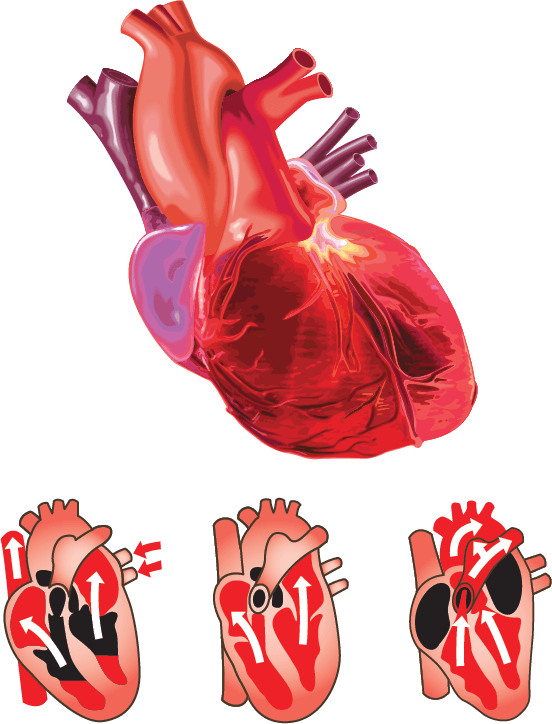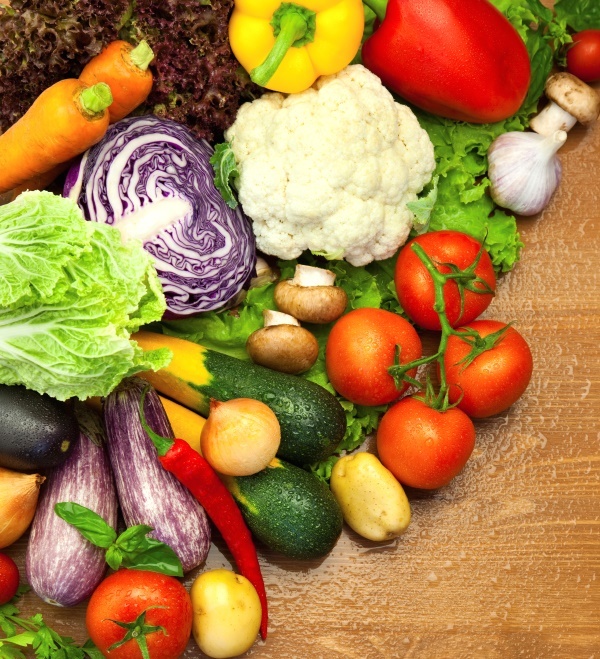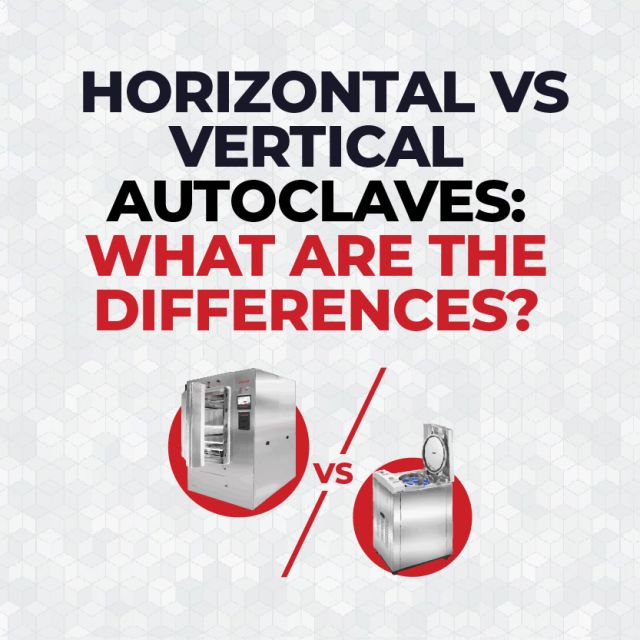What is Heart Disease?

Heart Healthy Eating: Protect Yourself from Heart Disease
Heart disease is the leading cause of death in the U.S., affecting millions of Americans of all ages and backgrounds. That is to say, there is a genetic component to heart disease, there are lifestyle choices people can make to reduce their risk of developing the condition.
Read on to learn more.
What is Heart Disease?
Heart disease is a broad term that refers to any chronic condition affecting the heart. Specifically speaking, the most common form of heart disease is coronary artery disease. In other words, the blood vessels that supply blood to the heart become damaged or diseased.
Most often this happens as a result of plaque build-up. To clarify, narrowing the arteries that supply blood to the heart will result in reduced blood flow. Symptoms of coronary artery disease can include shortness of breath, fatigue with exertion, and chest pain.
Additional forms of heart disease include:
- Arrhythmias
- Cardiomyopathy
- Congenital heart defects
- Peripheral artery disease
- Heart valve problems/disease
Conditions that can lead to or contribute to the development of heart disease include high blood pressure (hypertension), diabetes, metabolic syndrome, stroke, and high cholesterol. Doctors diagnose heart disease with a variety of tools, including EKG machines, Holter monitor systems, stress test systems, and other tools and tests.

Heart Disease by Numbers:
According to the Heart Foundation:
- Heart disease is the leading cause of death in the U.S.; in 2011, cardiovascular disease killed nearly 790,000 people.
- Cardiovascular diseases kill more Americans every year than all forms of cancer combined.
- The most common type of heart disease is coronary artery disease, which accounts for the deaths of nearly 380,000 people every year.
- The direct and indirect costs associated with diseases of the heart are enormous, totaling more than $320 billion.
Women and Heart Disease:
Breast cancer has gotten a lot of attention in recent decades. Actually, this has generated awareness among girls and women about monitoring breast health. In addition, while 1 in 31 women will die from breast cancer each year, a shocking 1 in 3 will die of heart disease.
Heart disease is more deadly to women than all forms of cancer combined. Generally speaking, women lack awareness about the deadliness of heart disease. Interestingly, just 1 in 5 women believes heart disease is a woman’s greatest health threat.
The symptoms of a heart attack can be different for women than for men—that’s why it’s so important for women to know the symptoms.
Genes and Environment: The Perfect Storm
A family history of heart disease is an indicator that a person has a genetic predisposition to heart disease. In fact, this is especially true in people with a parent or sibling who developed coronary artery disease before age 55 (males) or 65 (females).
In those who have a genetic predisposition, lifestyle choices like eating right, exercising regularly, not smoking, and limiting alcohol consumption are especially important. Additionally, keeping cholesterol and blood pressure under control, keeping stress to a minimum, and properly preventing diabetes is important in the prevention of heart disease.
Heart-Healthy Eating:
Diet is one of the most important factors for maintaining heart health. A heart-healthy diet is one that is rich in vegetables and fruits, whole grains, lean meats, minimal dairy, moderate amounts of/no alcohol, and limited sodium.
Therefore, eating whole foods is the key. A vegetarian/vegan diet can also provide all of the nutrition you need. Make sure to talk to your doctor about your specific needs before making dramatic changes to your diet.
Here are some guidelines for a heart-healthy diet:
- Choose whole foods—Including whole grains, legumes, nuts, seeds, fruits, and vegetables
- Eat plenty of fruits and vegetables—This includes fresh or frozen vegetables, canned fruit packed in water, and canned vegetables (as long as they’re low sodium).
- Limit unhealthy fats—These include saturated fats and trans fats, which should make up a very small amount of your fat intake. In other words, read food labels carefully, and avoid margarine, butter, and shortening in your cooking. Use olive and canola oil instead.
- Choose proteins wisely—Good choices are low-fat dairy products, fish, skinless poultry, tofu, and other soy products, legumes (beans), eggs, and lean meats. Avoid smoked and cured meats, hot dogs, fatty cuts of meat, full-fat dairy products, spareribs, fried meats, and organ meats.
- Choose proteins wisely—Good choices are low-fat dairy products, fish, skinless poultry, tofu, and other soy products, legumes (beans), eggs, and lean meats. Avoid smoked and cured meats, hot dogs, fatty cuts of meat, full-fat dairy products, spareribs, fried meats, and organ meats.
- Limit added sugars—Figuring out what constitutes added sugars can be tricky, especially when it comes to packaged foods. That’s because the sugars listed on the package include natural sugars found in the food, not just added sugars. The best way to identify added sugars is to read the label. Sugars go by a dizzying array of different names. Some include sugar, dextrose, high-fructose corn syrup, cane sugar, cane juice, honey, molasses, fruit juice concentrates, nectar, malt syrup, and more.
- Limit sodium intake—Sodium loves to hide in processed and prepared foods. Limit sodium to no more than 1,500 milligrams per day. Using salt-free spice blends will make food more palatable without the added salt.
- Watch portion sizes—Many of us greatly underestimate how many calories we’re consuming. As a result, what we think of a portion size has become so skewed over the years. There is no limit to the number of vegetables you should put on your plate. However, watch portion sizes for grains, meats, dairy, fats, and sugar.

The Problem with Highly Processed Foods:
So, what’s the difference between “whole” food and “processed” food?
In fact, there is quite a bit of confusion surrounding what constitutes processed food these days, so we’ll attempt to demystify it below.
When the structure of food has been changed to such an extent that the resulting product is nothing like the food from which it came, processing becomes more problematic.
For example, whole wheat that has been refined into white flour is structurally different than the whole wheat from which it originated.
Further, the bran and germ have been removed, resulting in lower fiber content. As a result, refined flour is processed by the body differently (and more detrimentally).
Highly processed foods also often contain chemicals and other additives such as high fructose corn syrup which can harm health. First, sugar, HFCS, and other sweeteners can lead to insulin resistance. Then, insulin resistance can lead to metabolic syndrome, which can lead to diabetes. As a result, diabetes can lead to heart disease.
So, what to choose? If you’re going to buy processed foods, choose items with the fewest ingredients, and look for whole grains.
For example, a box of crackers with an ingredients list that looks like this: “whole wheat flour, canola oil, salt” is probably a good choice. In addition, convenience foods such as frozen dinners and microwavable noodle bowls are most often loaded with added sugar, salt, and chemicals, and are best avoided.
Spotlight on Sodium:
A high-sodium diet can be especially troublesome when it comes to heart health. Additionally, excess sodium can put you at risk for developing hypertension (high blood pressure), heart failure, and an enlarged heart.
High blood pressure is a leading cause of death in the United States. Most Americans consume far more sodium than they realize—on average, 3,500 mg. per day. Most of this excess sodium comes from processed foods and eating out. While just 10% comes from home cooking and salt added at the table.
Above all, the good news is that there are plenty of salt alternatives that add lots of flavor without sodium. You’ll probably find that once you taper off all the added sodium your palate will adjust.
In conclusion, a healthy diet is one of the most important things people can do to reduce their risk of developing heart disease. Learn more about healthful eating with this helpful article published by the Mayo Clinic.
Works Cited:
http://www.cdc.gov/nchs/data/nvsr/nvsr64/nvsr64_02.pdf
http://www.theheartfoundation.org/heart-disease-facts/heart-disease-statistics/
http://www.heart.org/HEARTORG/GettingHealthy/NutritionCenter/HealthyEating/Too-Much-Sodium-Infographic_UCM_454468_SubHomePage.jsp







